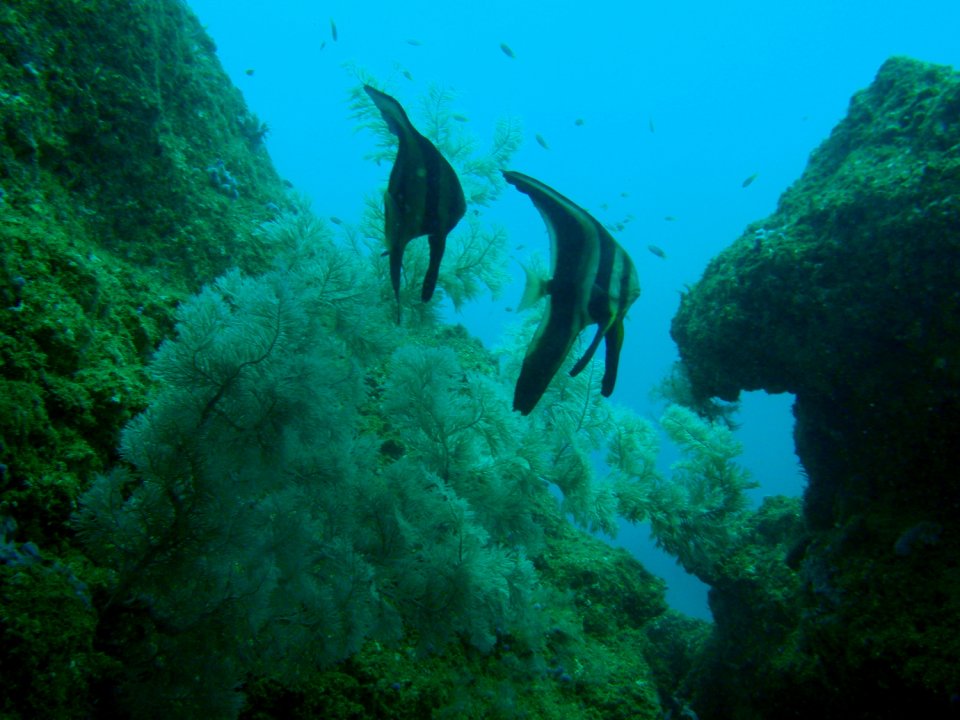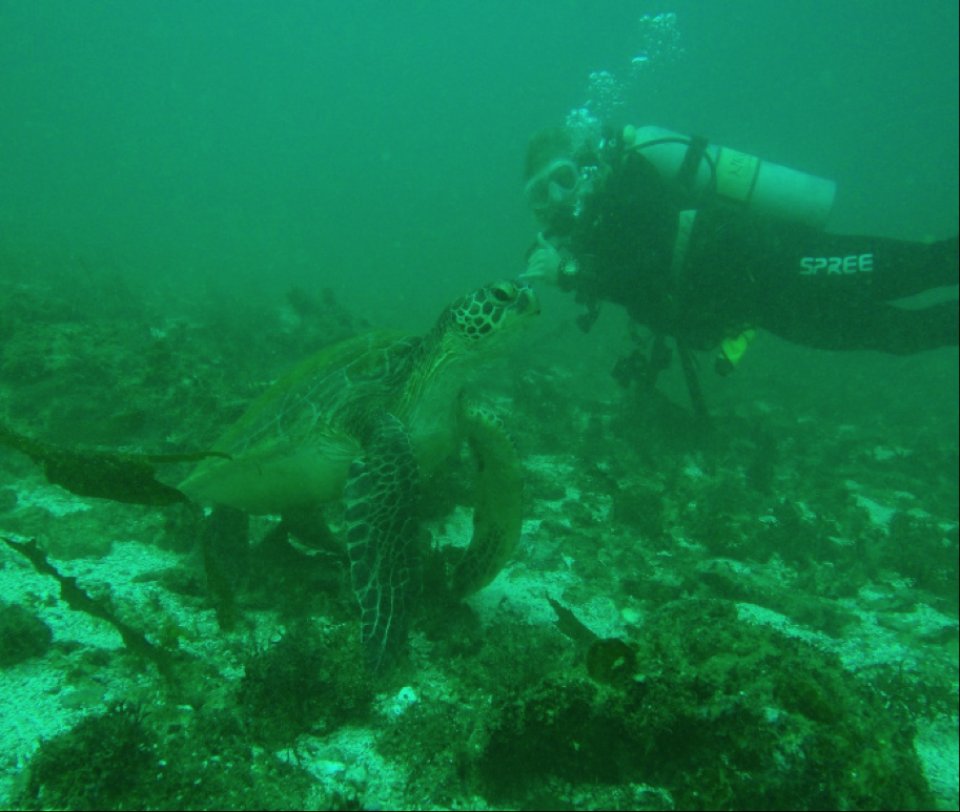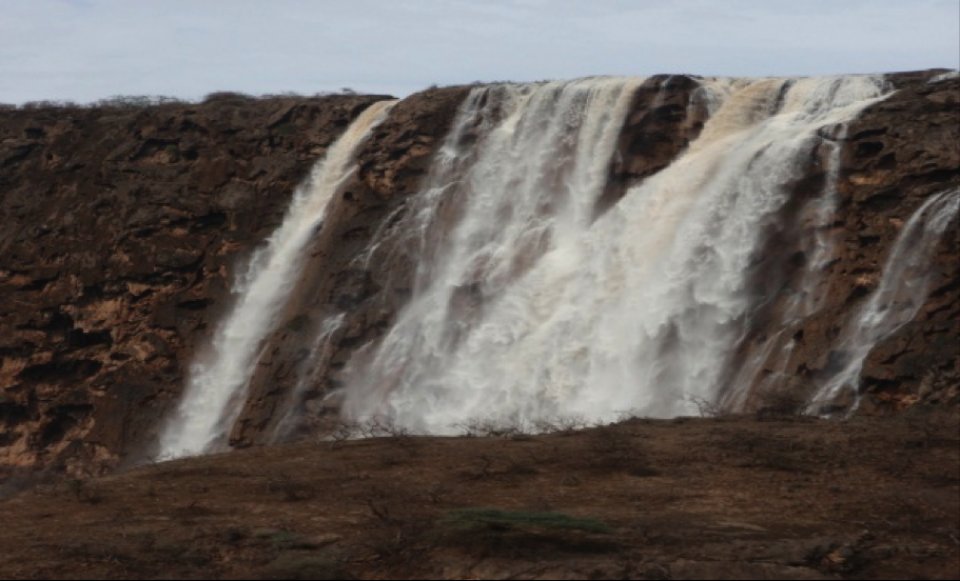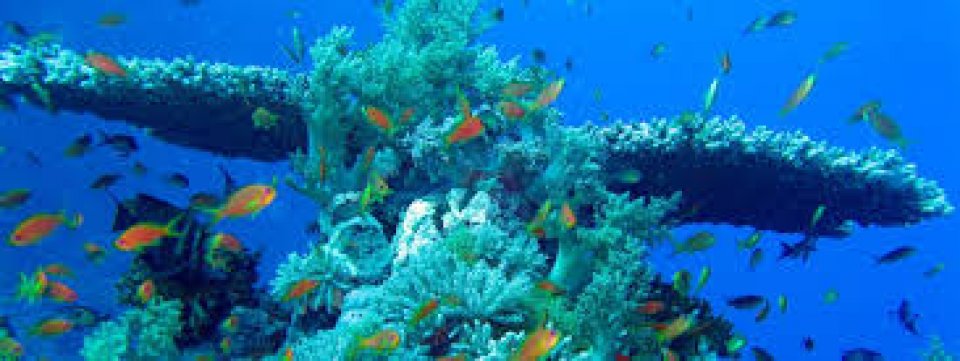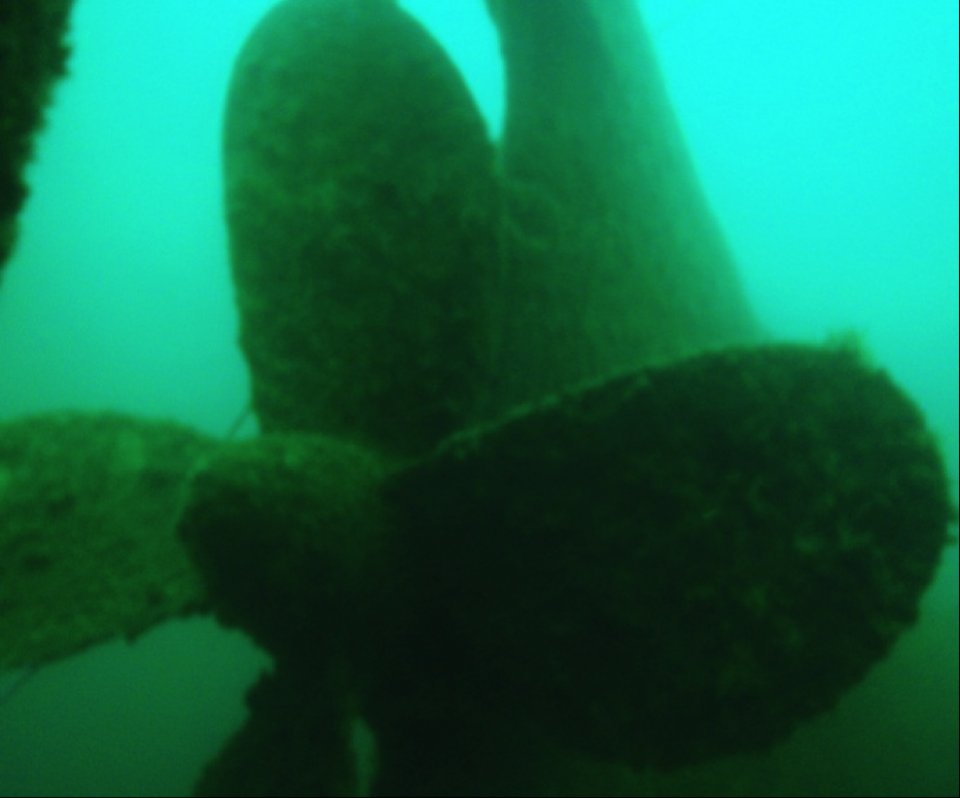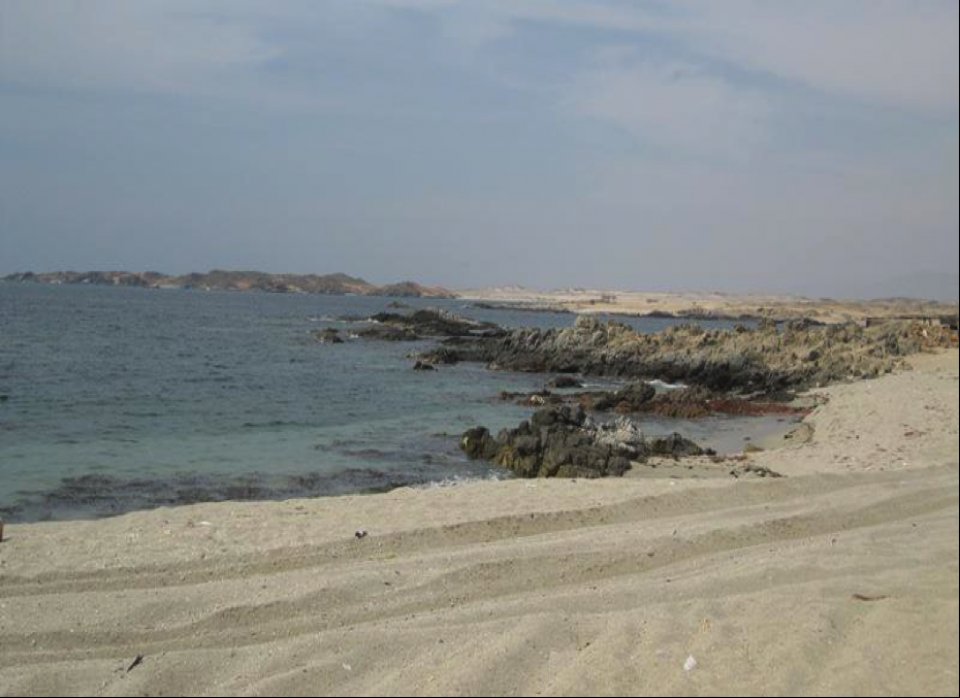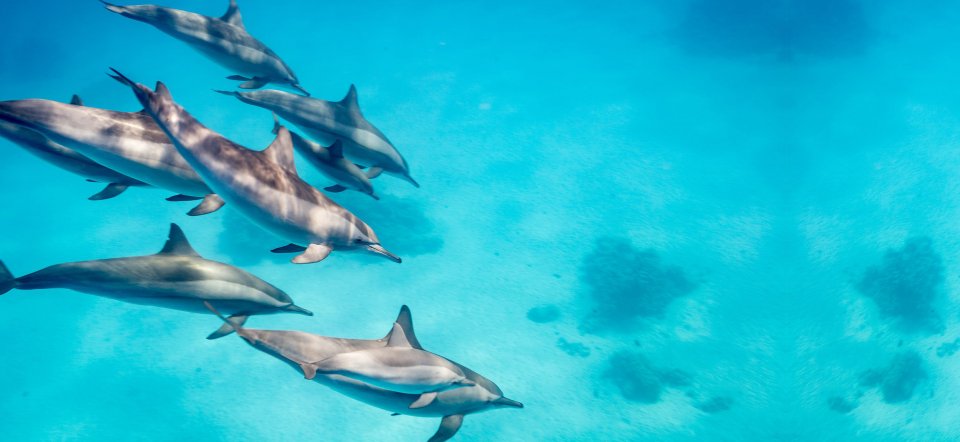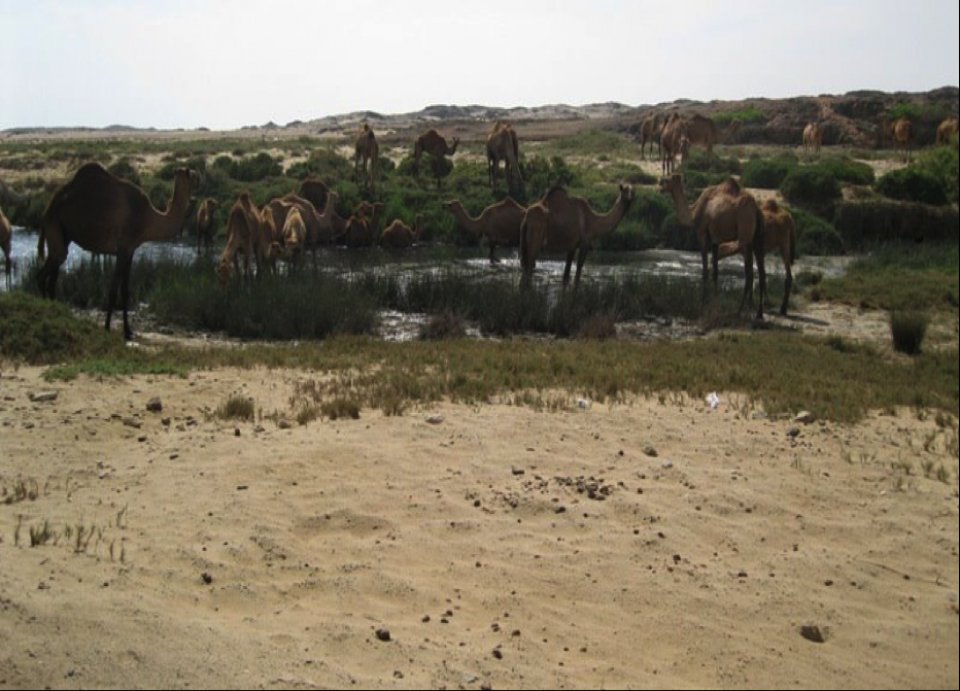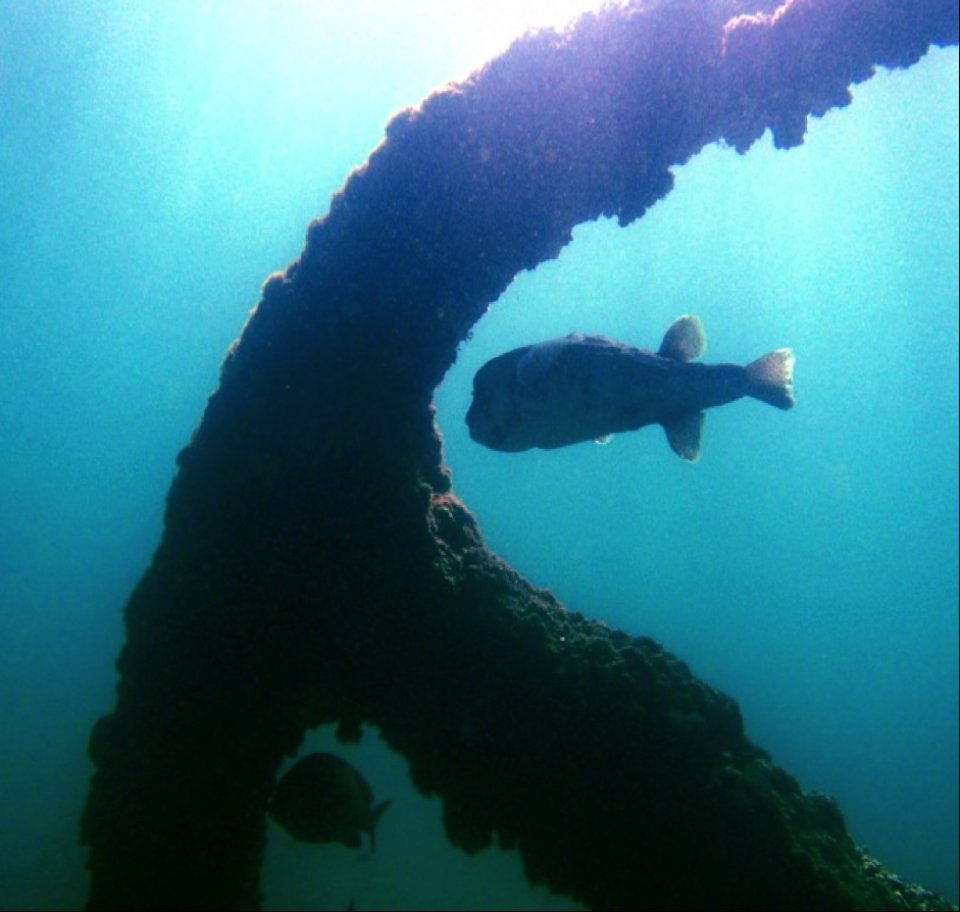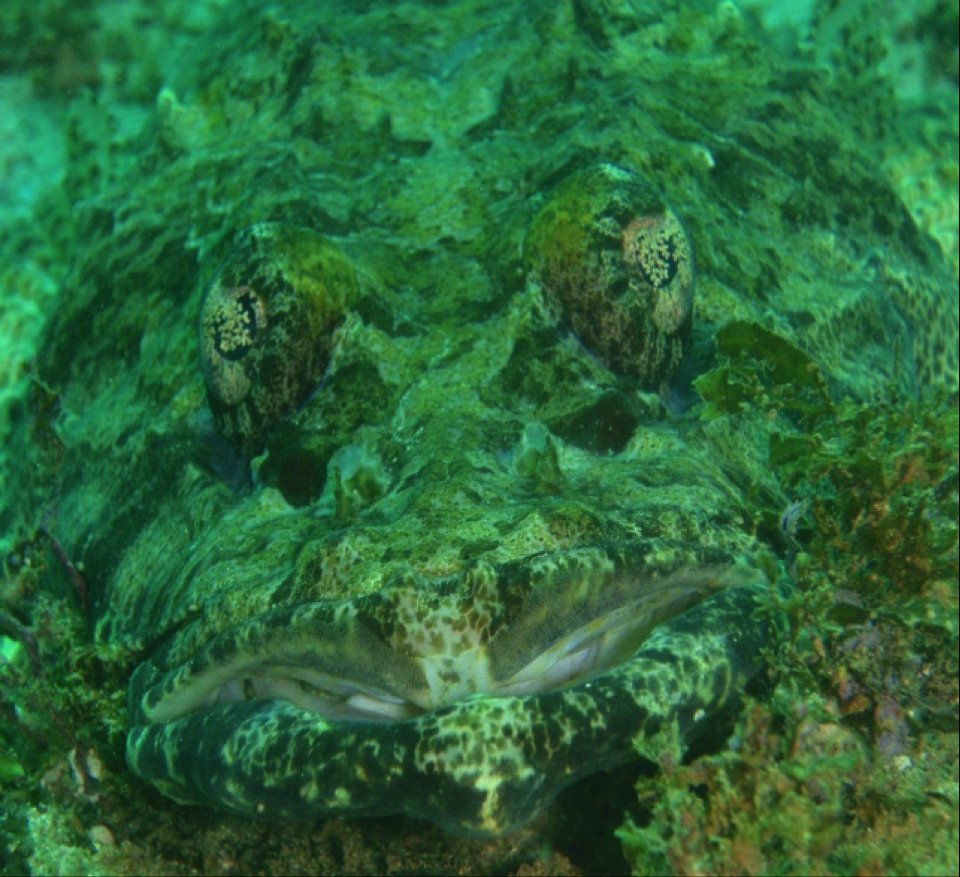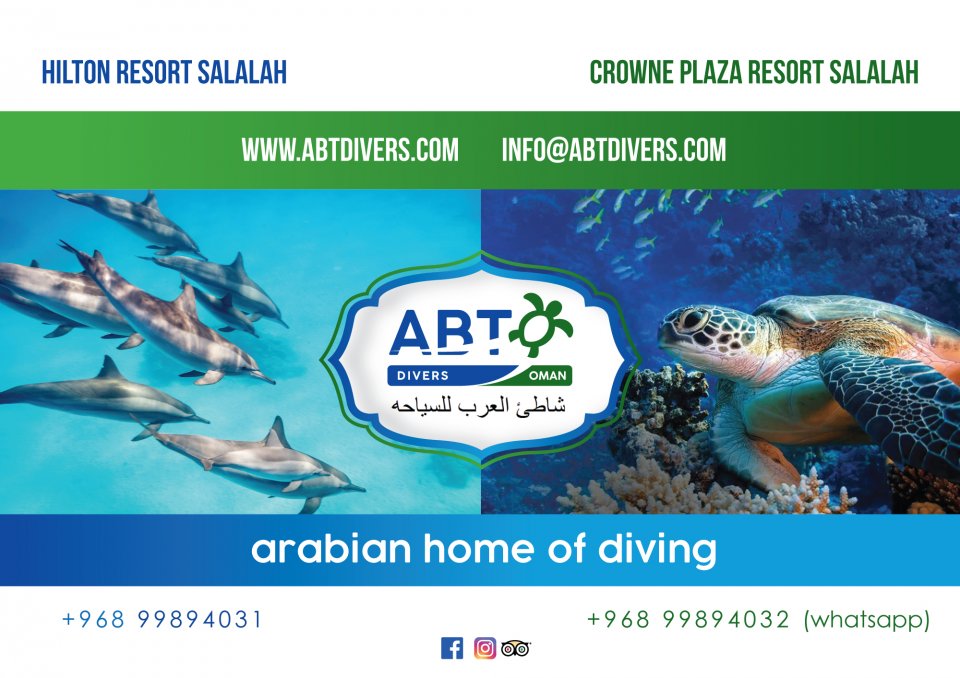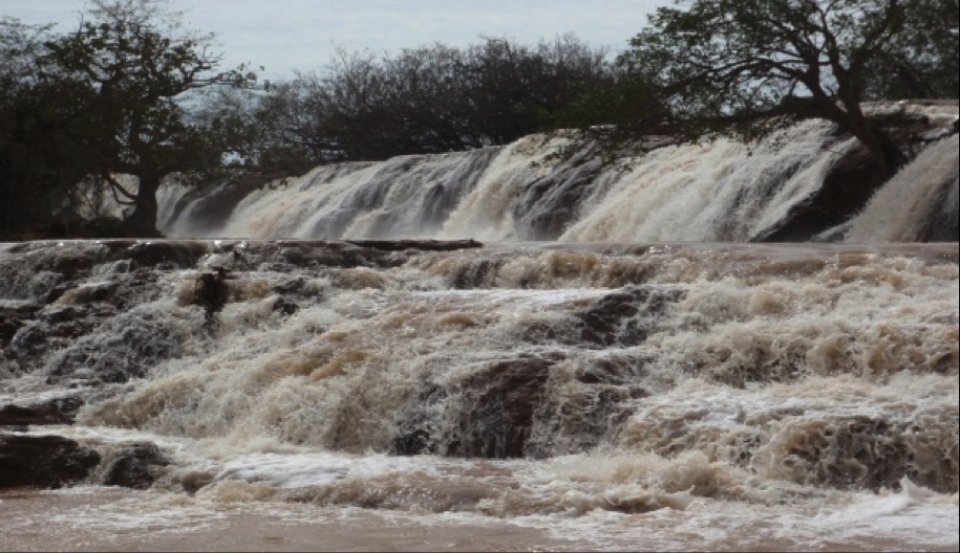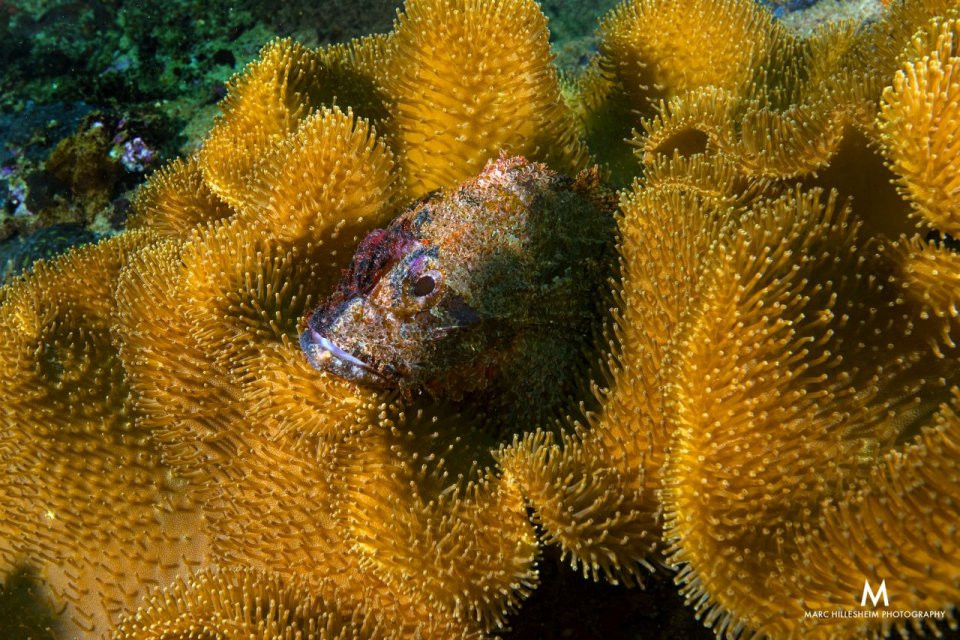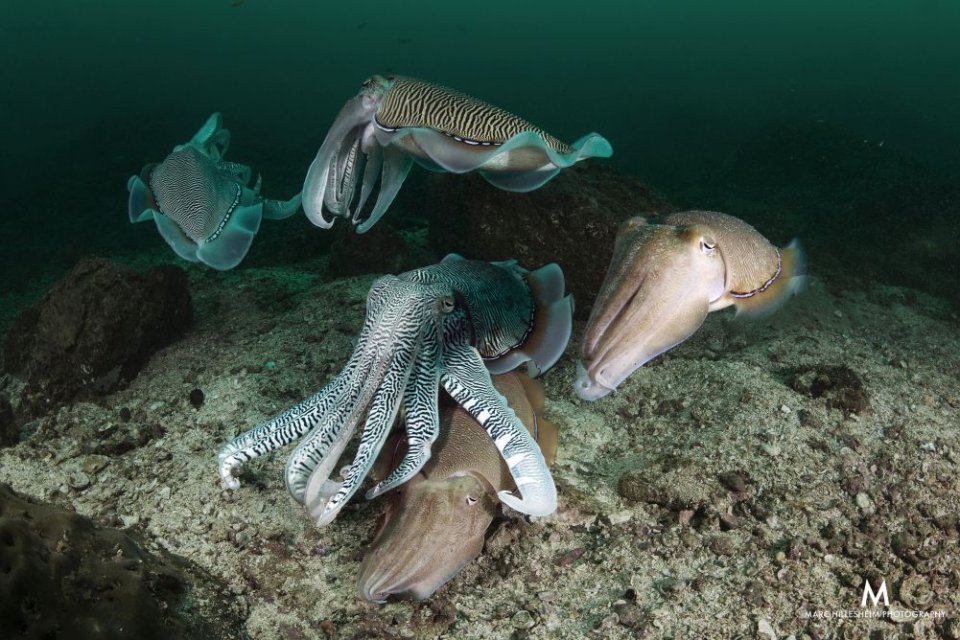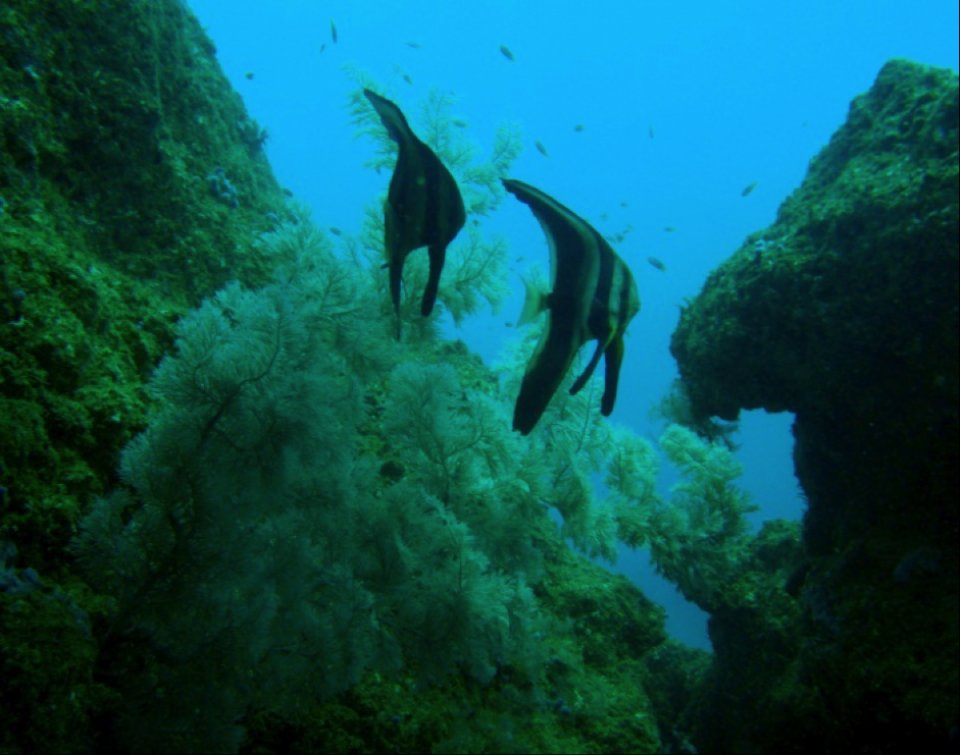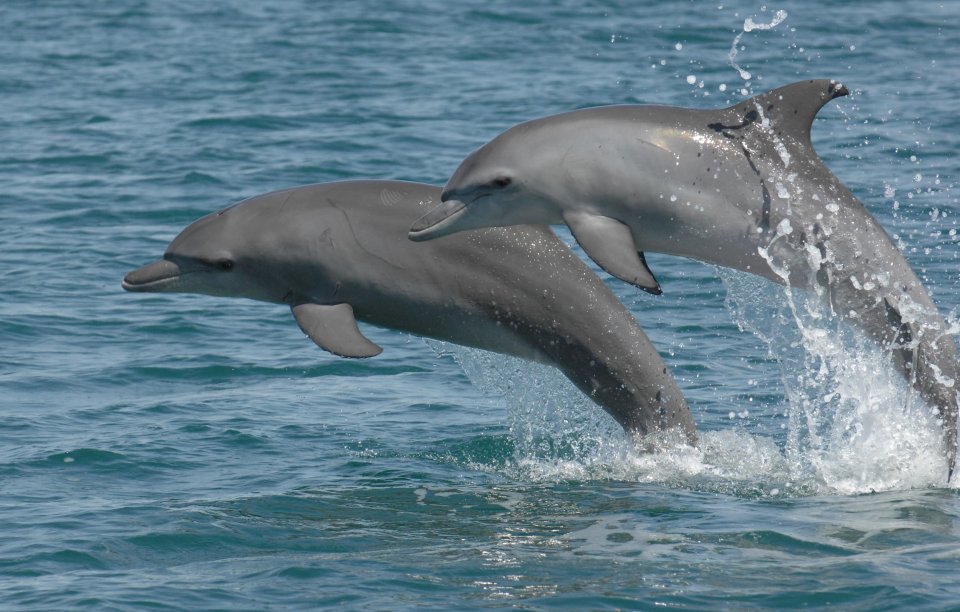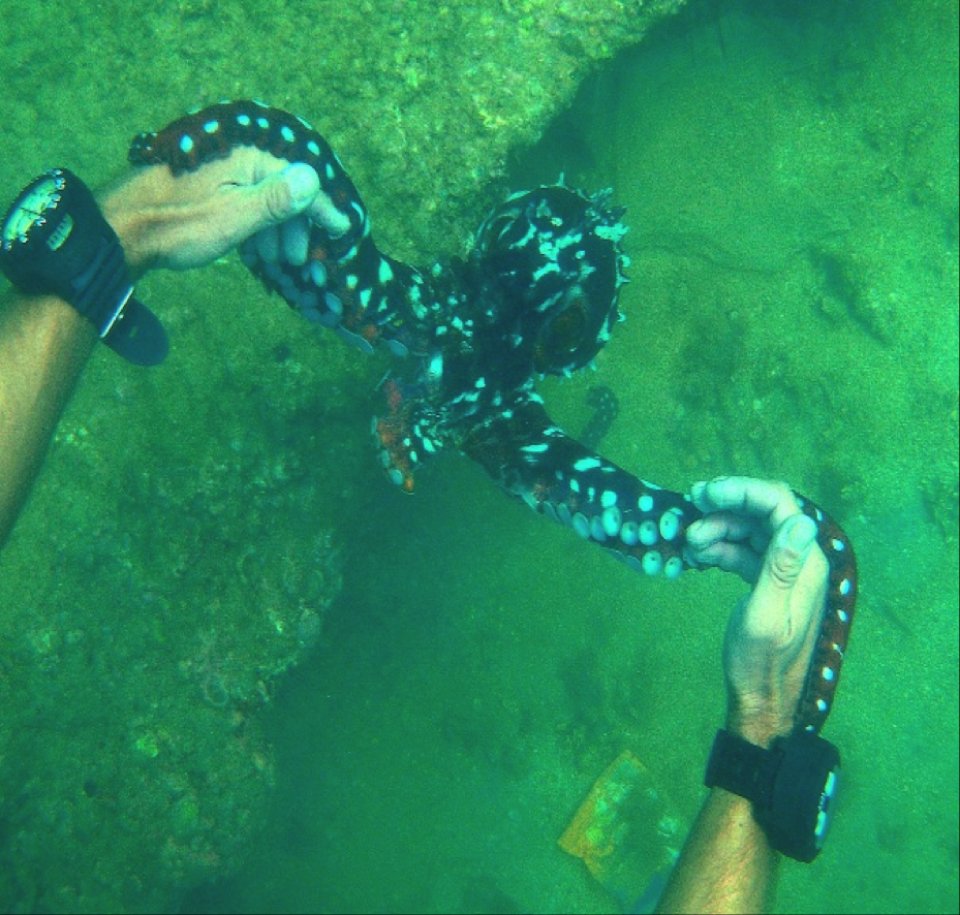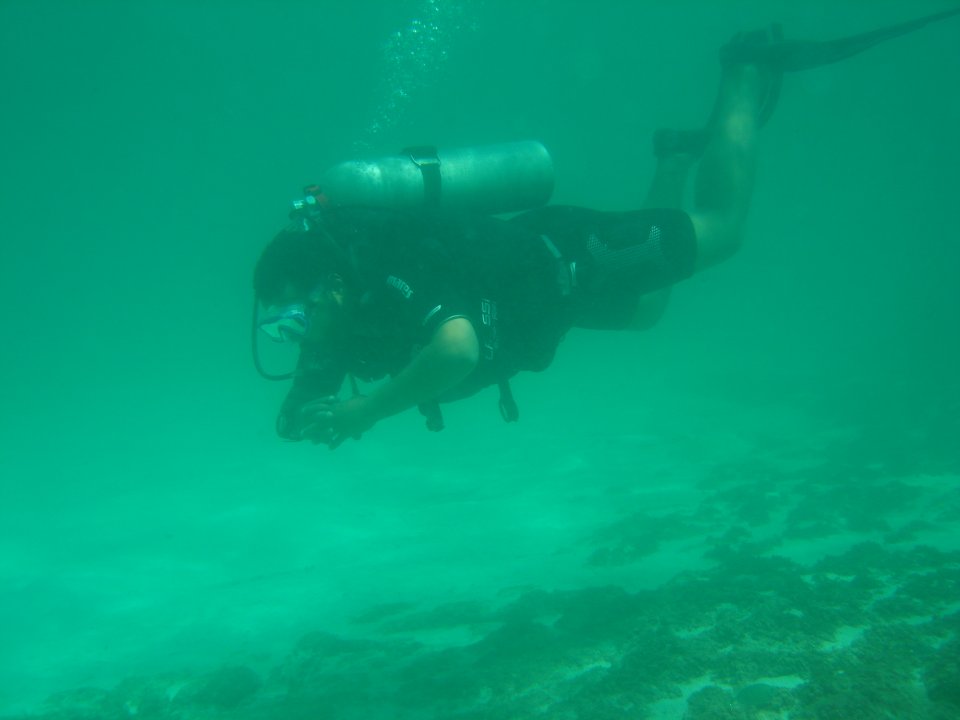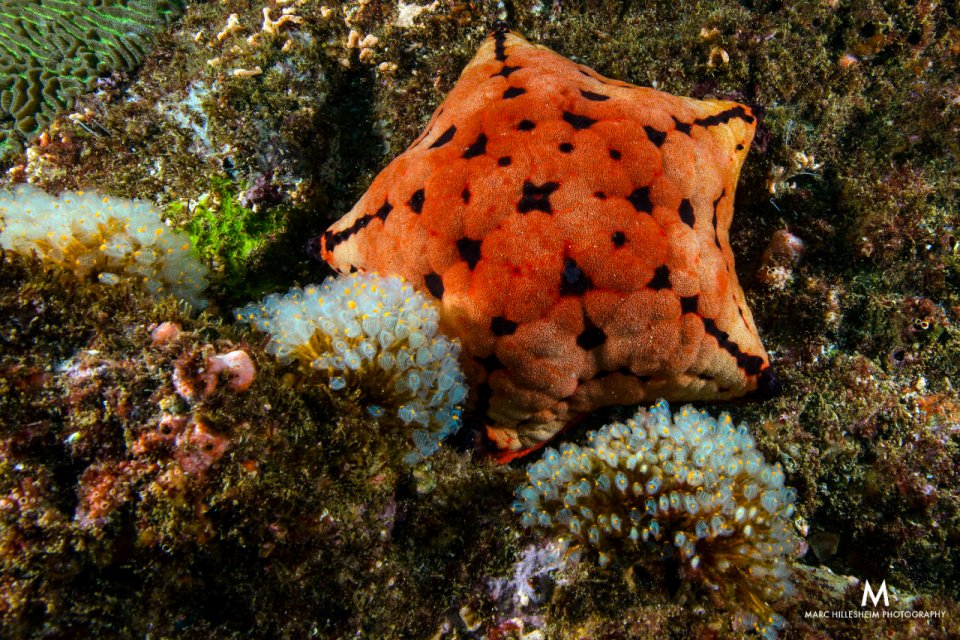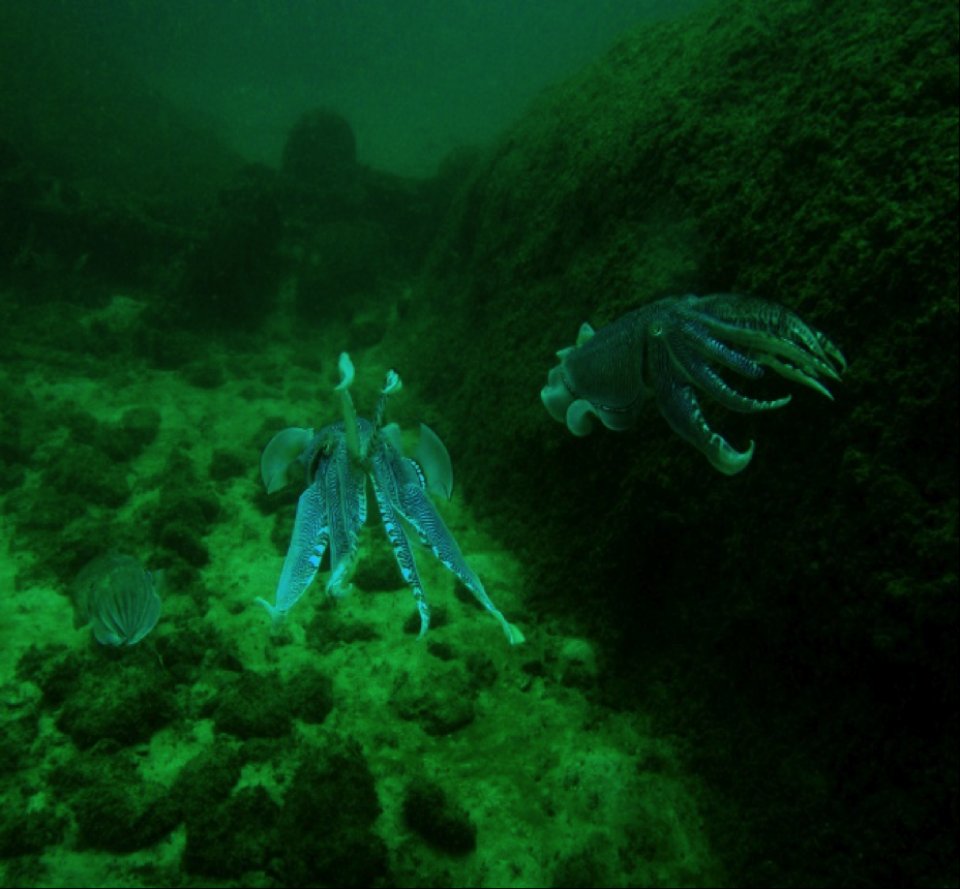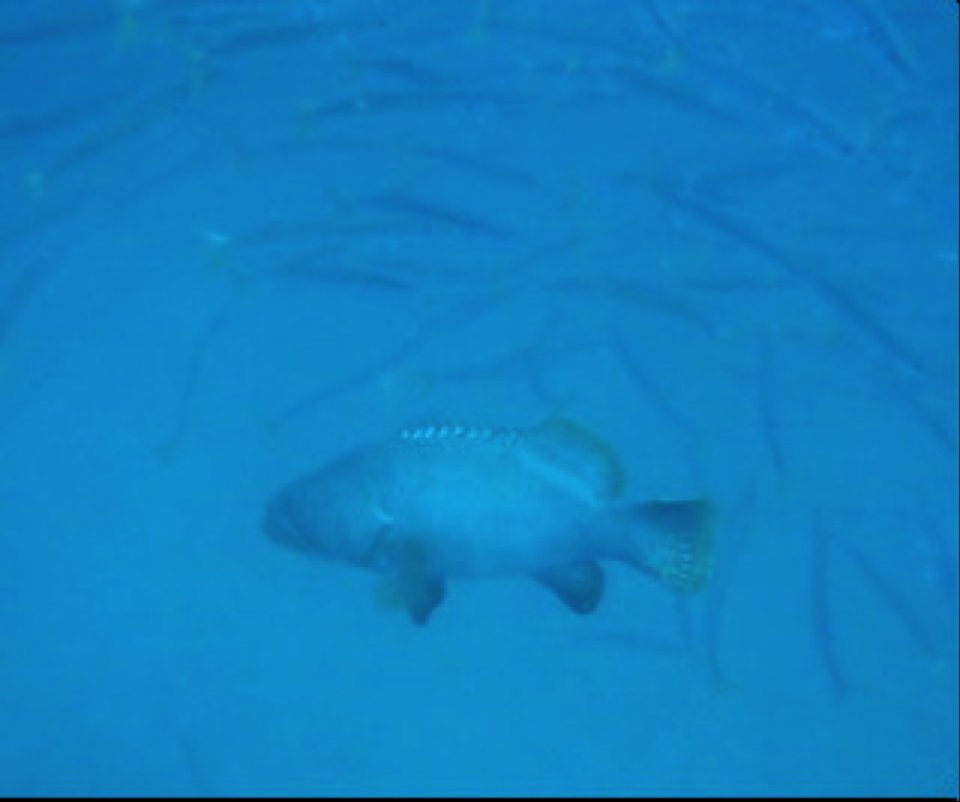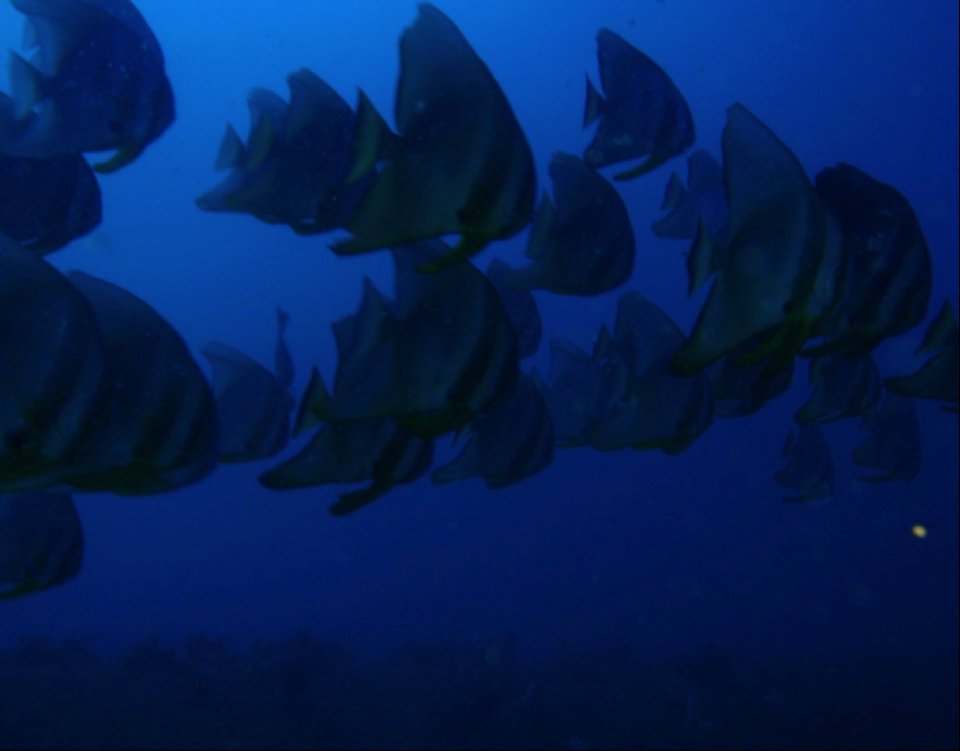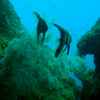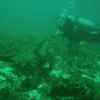Dive in Salalah
Diving packages in Salalah
-
Padi open water course
3-4 days can change your holiday and make it fun lets learn scuba diving and get your padi open water course with ABT Divers feel privacy it is only maximum 2 student with one instructor this is our ratio to make sure you get the right education in a comfortable environment .450 $ More Information
Diving in Salalah
The Khareef also has a major effect on the diving conditions along the southern coast. From May through to September there is a constant up swell of cold water from the Indian Ocean which causes the water temperature to drop dramatically from 26-28 degrees to 13 degrees. The sea itself gets very rough, with strong currents, heavy surf and almost zero visibility making it impossible to dive. Another dramatic effect of the cold up swell is the rapid growth of kelp during the summer months, which remains in place for 3-4 months making this one of the few places in the world where kelp and coral co-exist on the same dive site. From October, the kelp will start to die off, and after it has gone, usually by the end of January the dive sites appear completely different. The water is also highly nutrient and plankton rich, so not only is there a huge variety of sea life (from shrimp and nudibrancs to whales) but there are some of the biggest Rays, Morays, Turtles, Parrot fish and Barracudas I have ever seen.
At Mirbat, about 1 hour drive to the east with the Jebel Mountains to the left and the coast line to the right, the dive sites are situated off the beaches only accessible by 4x4 vehicles along a track which continues for about 50kms.
It is true wilderness, safari diving. Whilst conditions are perfect for beginners (DSDs and Open Water courses) with calm, shallow, sandy bays and dive sites between 5 and 18m depth, all the dive sites offer enough life and variety to keep the more experienced diver happy. We generally dive 6 different sites, with each site having very different characteristics and, due to the close proximity of each site to the others, we can easily do 2 different dive sites in the day.
For a complete contrast to the shore diving from Mirbat, we take the boat out of the local fishing marina next to the main Port of Salalah and head for the cliffs approximately half an hour west. Two headlands in particular, West and East Donkey Head, offer numerous wall dives, with depths up to 25m and rock falls over the years have made a maze of large outcrops, many small caves and swim throughs.
The bay between the headlands is large, sheltered and very beautiful and is an ideal location for introducing new divers to boat diving. There is very little coral growth here, but the amount and size of life is fantastic, with large shoals of Trevally, Jacks, Pompanos, many Rays and Morays, huge Parrotfish and, if we are very lucky, Guitarfish and large groups of Pharaoh Cuttlefish. We are often followed by schools of between 20 and 50 1.0-1.5m Barracuda and I have been in the water once with a Whale Shark along this stretch of coast. Dolphins are also regularly spotted. An early start is recommended for these dives as conditions can get quite rough as the wind picks up during the day.
Whether you choose to dive from the shore or the boat, one of the outstanding features of diving in Southern Oman is the fact that you are diving alone. Unlike many popular dive spots around the world, there are no other boats circling around the dive sites (apart from a few local fishermen) and no other groups of divers. With spectacular scenery, empty beaches, fantastic diving and a very relaxed way of life, the southern coast is truly the “Hidden Jewel of Oman”.
Jon Rhind, Sub Aqua Dive Center, Salalah Oman

Travel to Salalah
I first came to Oman in September 2009 to work in Salalah on the south coast. A friend had been working there the previous season and had asked me to join him and, always looking for new experiences and different places to dive, I agreed. Apart from knowing where Oman was, I had absolutely no idea what to expect and could find very little written about the diving but my friend told me it was some of the best he had ever experienced so I was looking forward to exploring the coastline and the dive sites for a few weeks before the season started.
I flew into Dubai and, to save a bit of money, decided to travel to Salalah by bus, leaving Dubai mid-afternoon and arriving in Salalah early the following morning, a distance of just under 1000km. The majority of the journey is through rocky desert, with straight roads stretching on into the distance and, as the trip was overnight there was very little to see. However, as the sun rose we approached the southern mountains of Dhofar, known as the Jebel, and I got my first surprising experience of Oman. As the desert turned to mountains the whole climate and landscape transformed from rocky, brown and lifeless to misty, wet, green forest. The contrast was so sudden it was as if we had suddenly been transported from the Gulf to the mountains of Europe in springtime.
Dhofar, the southern region of Oman which stretches from the east coast to the Yemen border, has a very unique climate. During the summer months, from June to September, the coastal region is subject to very different weather conditions to that of the rest of the Gulf. The monsoon rains (Khareef) from the Indian Ocean settle over the mountains and the country side turns green, with fields, mountain forests, water filled wadis and waterfalls. The mountains and the foothills are shrouded in clouds and mist and the temperature is significantly lower than the northern Gulf. This makes Salalah a popular destination in the summer for the residents of other Gulf countries who want to escape the summer heat. From September the climate changes to sunny and warm, with regular coastal breezes which keep the temperature in the low 30 degrees, getting a bit hotter and more humid in May just before the Khareef. It doesn’t take long for the green to disappear although there are numerous wadis and valleys in the mountains which retain water all year round and so remain green and lush.
The southern coast of Oman is one of the most beautiful I have ever seen. Salalah is more like a town in South East Asia, with coconut, banana and sugar cane plantations and stretches of marsh land which attract a wide variety of bird life. To the west of Salalah, towards the Yemen border, cliffs up to 1500m high plunge straight into the Indian Ocean, with stunning, empty beaches only accessible by boat or 4x4 vehicles.
Between Salalah and Mirbat, 70km to the east are long, sandy beaches and from Mirbat to Hasik, a further 170km east, the landscape again changes to a rocky coastline with numerous wadis, small bays and beaches, again only accessible by 4x4 vehicles. It is still possible to see the small, desert gazelle, foxes and the Arabian wolf here and eagles, hawks and kites are always circling overhead. Flocks of flamingos are also to be seen, migrating to or from the salt lakes of East Africa and camels are everywhere.
